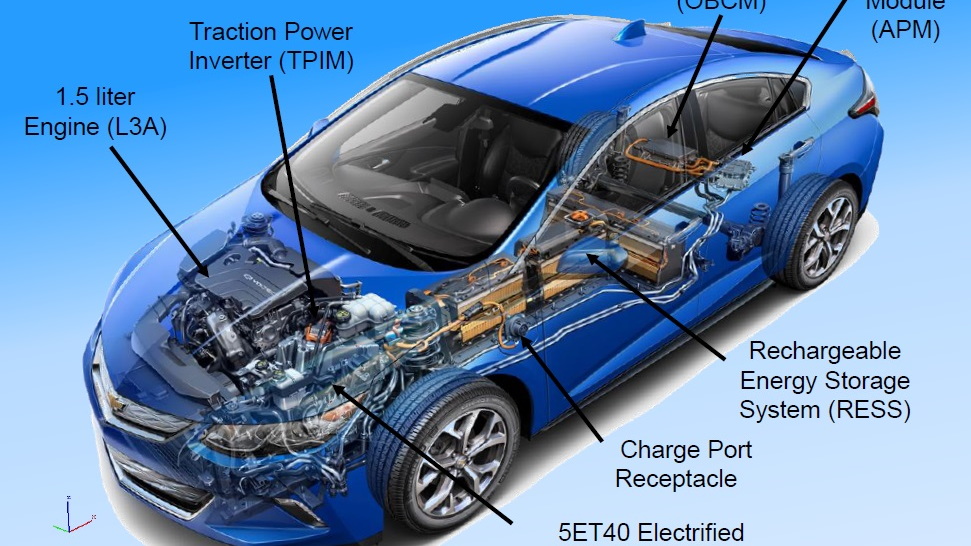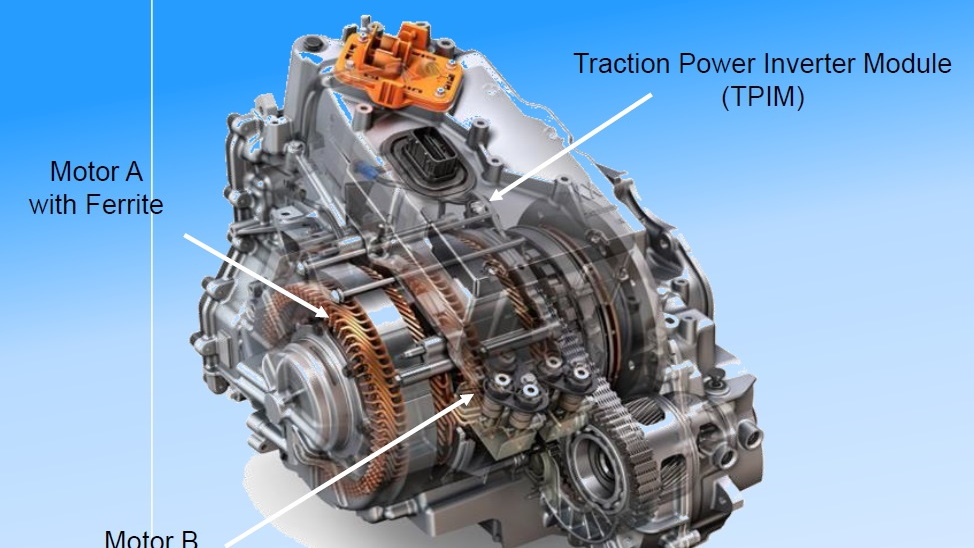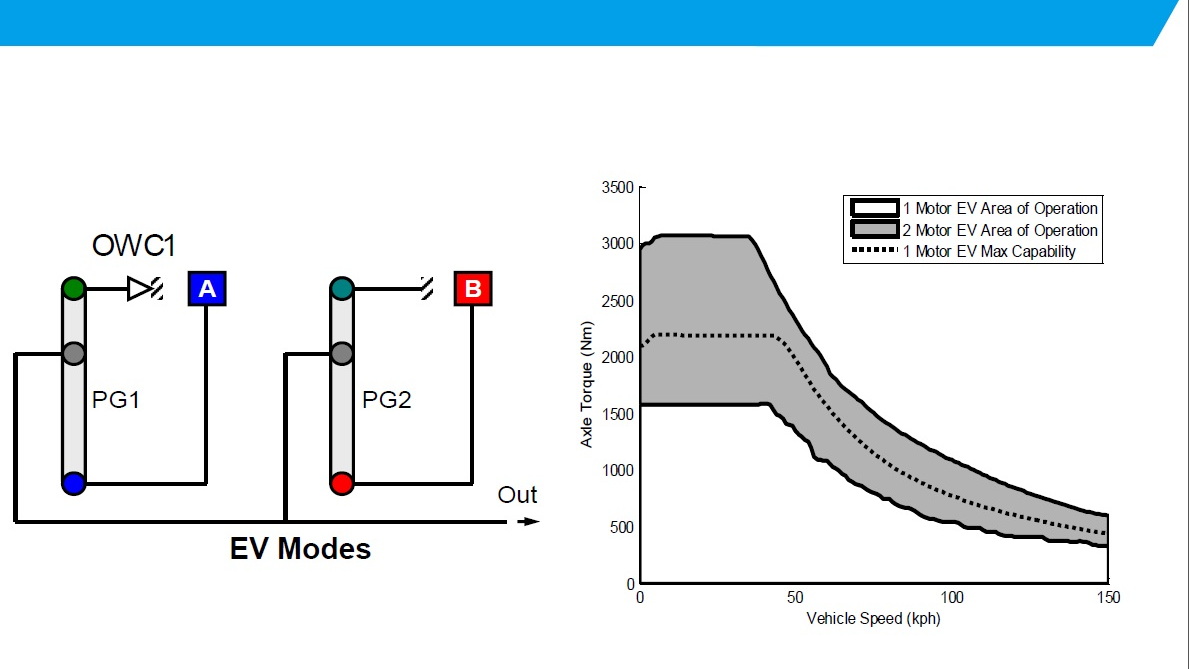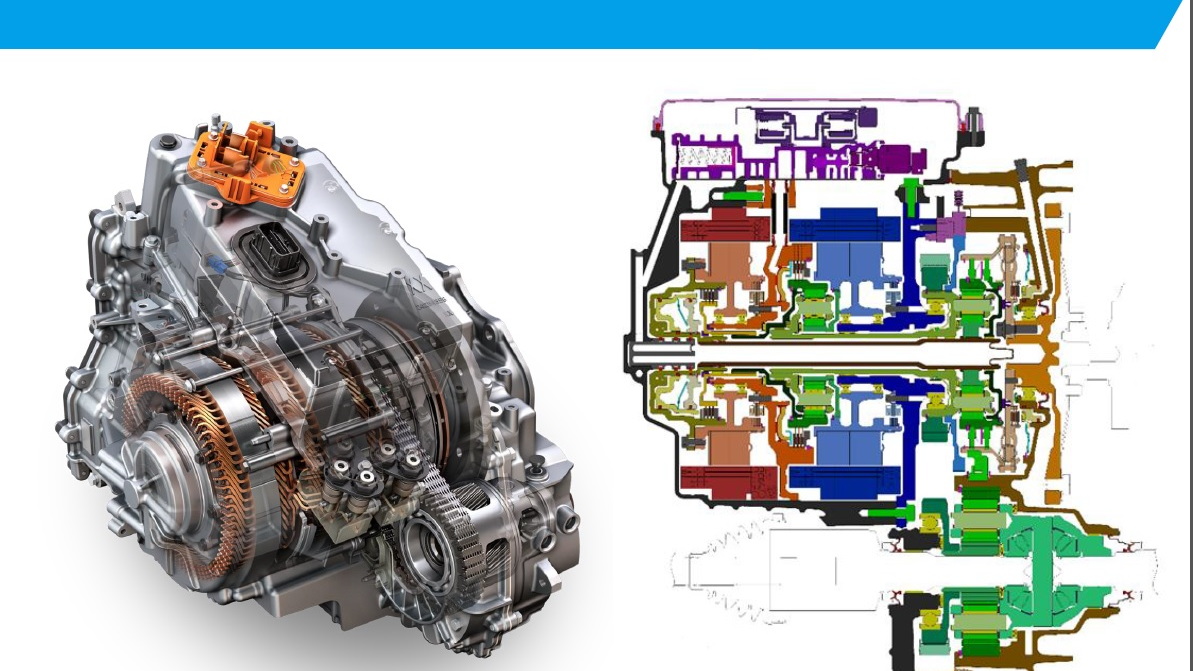The new 2016 Chevrolet Volt is sleeker, has more electric range, higher gas mileage, a fifth seat, and should be both faster and quieter on the road.
But while GM hasn't explicitly said so, it's no longer as much of a range-extended electric car (or "series hybrid").
The new 2016 Volt should be viewed as a more conventional plug-in hybrid, with engine torque now being sent to the wheels through a mechanical connection whenever the engine is on.
The 2011-2015 Volt has one motor that powers the wheels, and a second that acts as an engine-driven generator to produce electricity when battery capacity is depleted.
DON'T MISS: 2016 Chevy Volt: Bigger Battery, More Motor Power, New Range Extender Engine Details
The 2016 Volt, on the other hand, has a pair of motors that are roughly the same size, one or both of which can power the car.
It still operates exclusively in all-electric mode up to its range of 50 miles or so (except in very cold weather) before the engine switches on.
But once the battery is down to its "depleted" level, the engine switches on--and it contributes torque to drive the wheels far more often now than it did in the first Volt, when it would clutch into the drivetrain only in a limited set of high-speed driving circumstances.

2016 Chevrolet Volt plug-in hybrid - details of Voltec drivetrain from SAE presentations, Feb 2015
Two weeks ago, we spoke at length with Pete Savagian, general director of electric drives and systems engineering, and Tim Grewe, chief engineer for vehicle electrification.
The pair drew on two papers describing the details of the updated Voltec powertrain that they presented earlier this month at an annual hybrid and electrified technology conference put on by the Society of Automotive Engineers (SAE).
For the record, the new transmission and final drive unit is formally known as the 5ET40 Electrified Transaxle.
The pair walked us through the five separate operating modes of the new Voltec system: two electric-only, and three blended.
ALSO SEE: Is The 2016 Chevy Volt GM's Future Hybrid System In Disguise?
Its two electric modes are pretty simple: Either one motor powers the car, or both do.
The two motors themselves, known as Motor A and Motor B, are the same diameter but differ in their construction.
In the first-generation Volt, both motors used the rare-earth metal neodymium in their magnets. In the new Volt, Motor A substitutes a ferrite magnet, reducing its cost, while Motor B continues to use neodymium.
But it's the three extended-range modes (meaning the engine is on) used after the Volt's first 50 or so miles where the largest changes occur.

2016 Chevrolet Volt plug-in hybrid - details of Voltec drivetrain from SAE presentations, Feb 2015
Even after the battery is depleted, the Volt will move away from rest under electric power alone up to a speed of 10 to 15 mph.
Then the engine will start--or earlier if maximum acceleration is demanded--and the first of the modes will be employed
Low Extended-Range mode
This mode continuously trades off among the most efficient operating speed for the engine, the power demanded by the driver, the battery state of charge, and the use of one or two motors.
It may even use one motor to power the wheels along with the engine while the second motor acts as a generator to recharge the battery.
MORE: 2016 Chevrolet Volt: 50-Mile Range, 41 MPG, Five Seats, All New (Photos)
Depending on vehicle speed and torque requirements, this mode operates up to a little more than 40 mph at maximum.
Then the second mode kicks in--and this is an addition for the second-generation Volt.
Fixed-Ratio Extended-Range mode
In this mode, the engine powers the wheels through a fixed gear ratio--with or without added torque from the motors.
If less torque is required, excess engine torque may also be diverted to recharge the battery before the engine switches off.

2016 Chevrolet Volt plug-in hybrid - details of Voltec drivetrain from SAE presentations, Feb 2015
Even in range-extending mode, Crewe noted, the new Volt will run solely in electric mode through "medium duty hills."
That was just one of the ways that the Volt team moved closer to the goal of maximizing electric-only operation under as many circumstances as possible.
High Extended-Range mode
Finally, at the highest speeds (from as low as 36 mph to the maximum of 100 mph), the third and final engine-on mode kicks in.
This one is differently geared so that the effective ratio of engine speed to road differs.
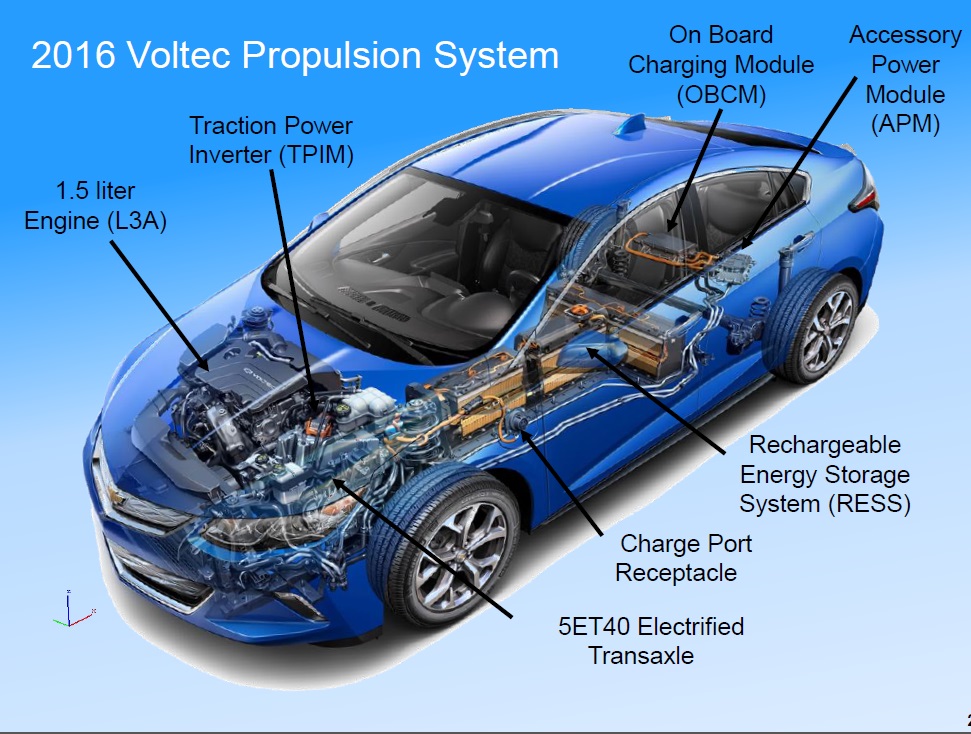
2016 Chevrolet Volt plug-in hybrid - details of Voltec drivetrain from SAE presentations, Feb 2015
But like Low Extended-Range mode, it too continuously adjusts among the engine operating speed, the use of one or both motors, and batttery charge to deliver the power demanded by the driver in the most energy-efficient way.
As we noted in an earlier article, the evolution of Voltec toward a more conventional two-motor hybrid system--similar to those used by Toyota and Ford, and more distantly Honda--offers a number of interesting possibilities.
Other plug-in hybrids to come?
One glaring one would be its use in other plug-in hybrids, including some with less range than the 50 miles of the Volt.
The 2016 Cadillac CT6 large rear-wheel-drive sedan, for instance, was previewed in a TV ad Sunday night on the Oscars telecast.

2016 Cadillac CT6 in new spot ‘The Daring: No Regrets’
We know that the CT6 will offer a plug-in hybrid version that will be unveiled at the Shanghai Motor Show in April, just three weeks after the New York Auto Show where the CT6 will be launched.
Could the new Voltec system be adapted to that car's powerful turbocharged V-6, or some different engine, to provide the performance required by a Cadillac plug-in hybrid and perhaps 12 to 20 miles of electric range?
Waiting to drive it
Stay tuned on that one.
Meanwhile, the Volt team is clearly proud of the modifications to their second-generation Voltec system.
Of course, they have the advantage of having driven it--while reporters, analysts, owners, and potential buyers likely won't get that opportunity for six months or more.
The new 2016 Chevy Volt will go on sale in the second half of this year, most likely starting in September or October.
_________________________________________________
